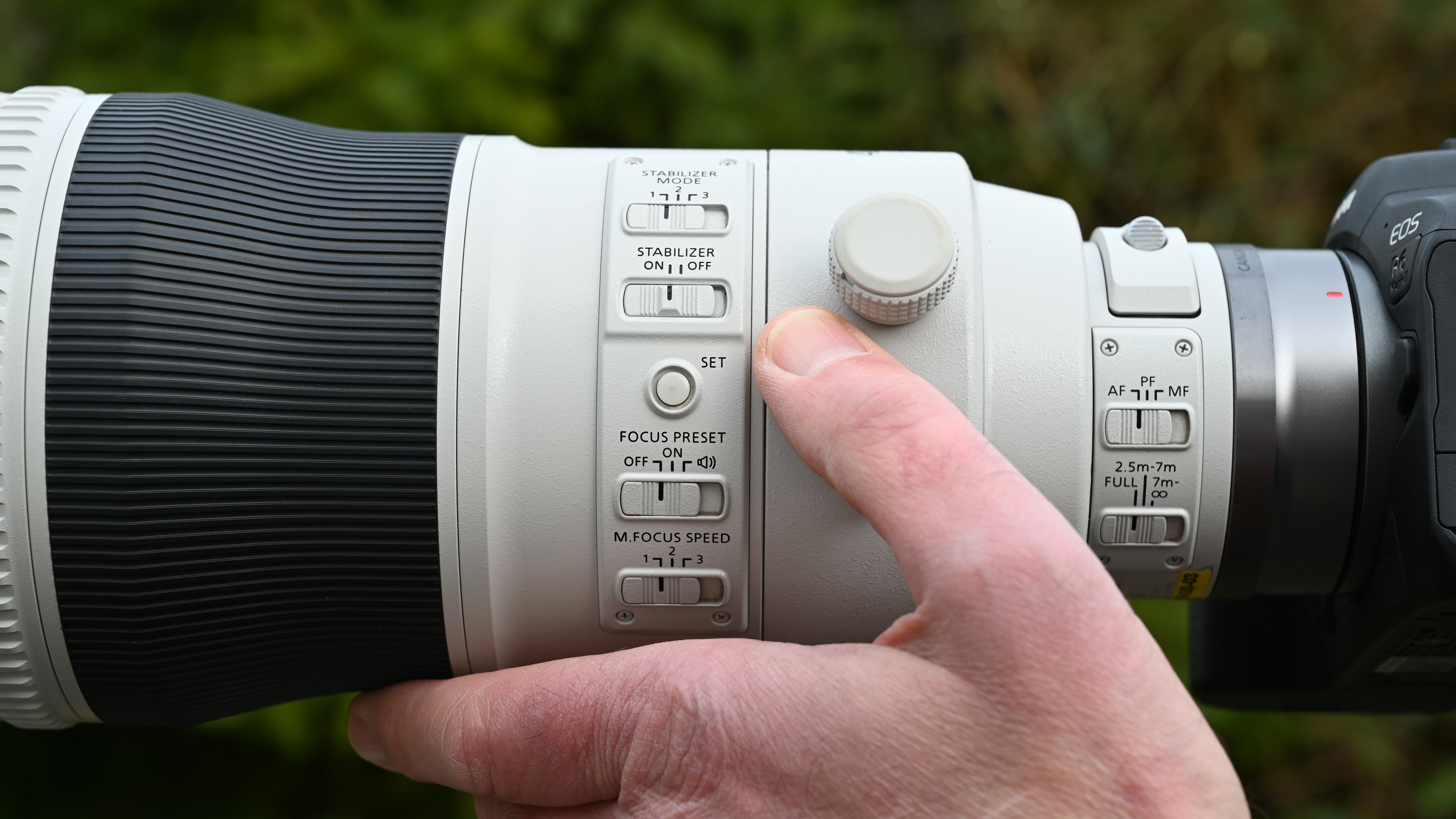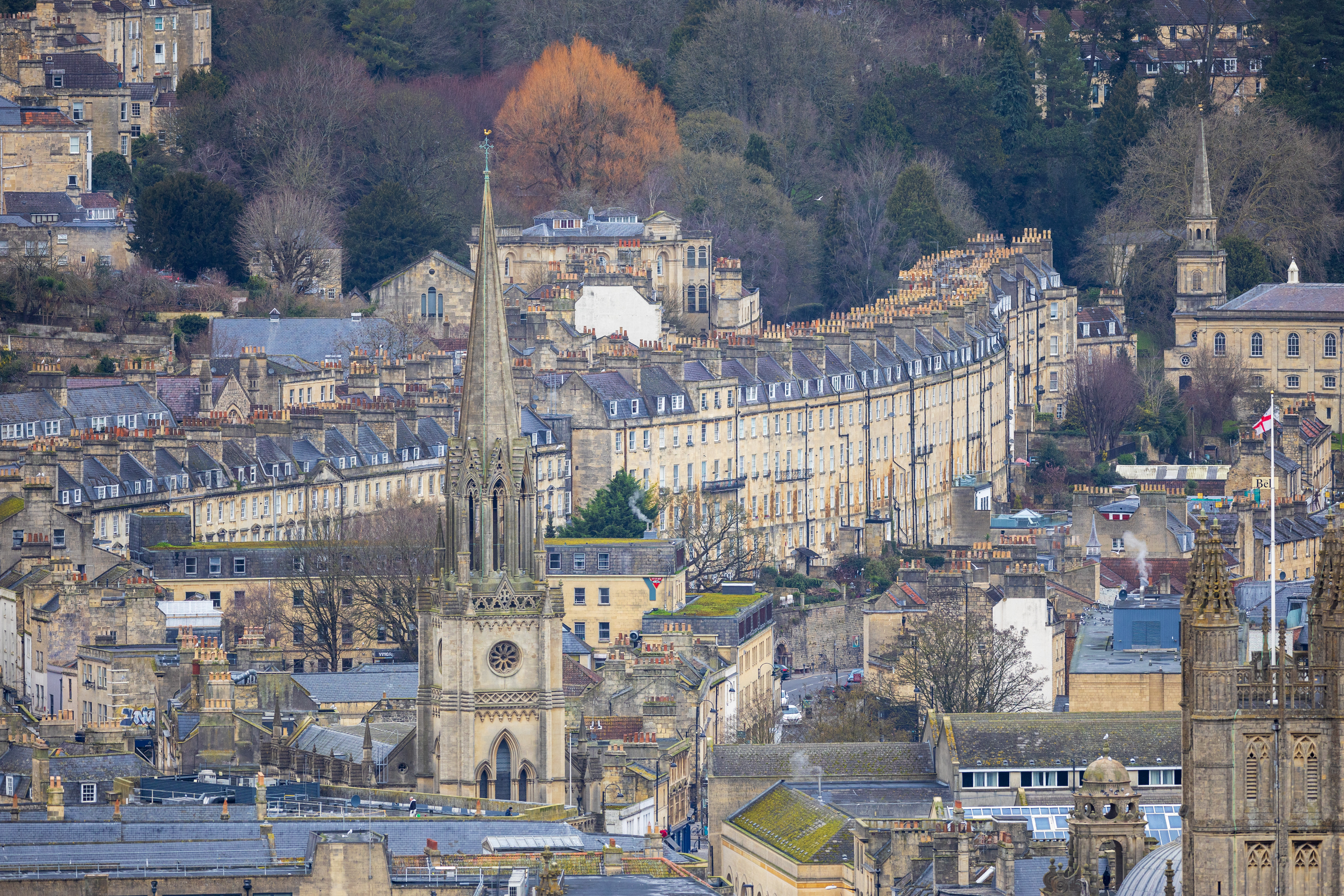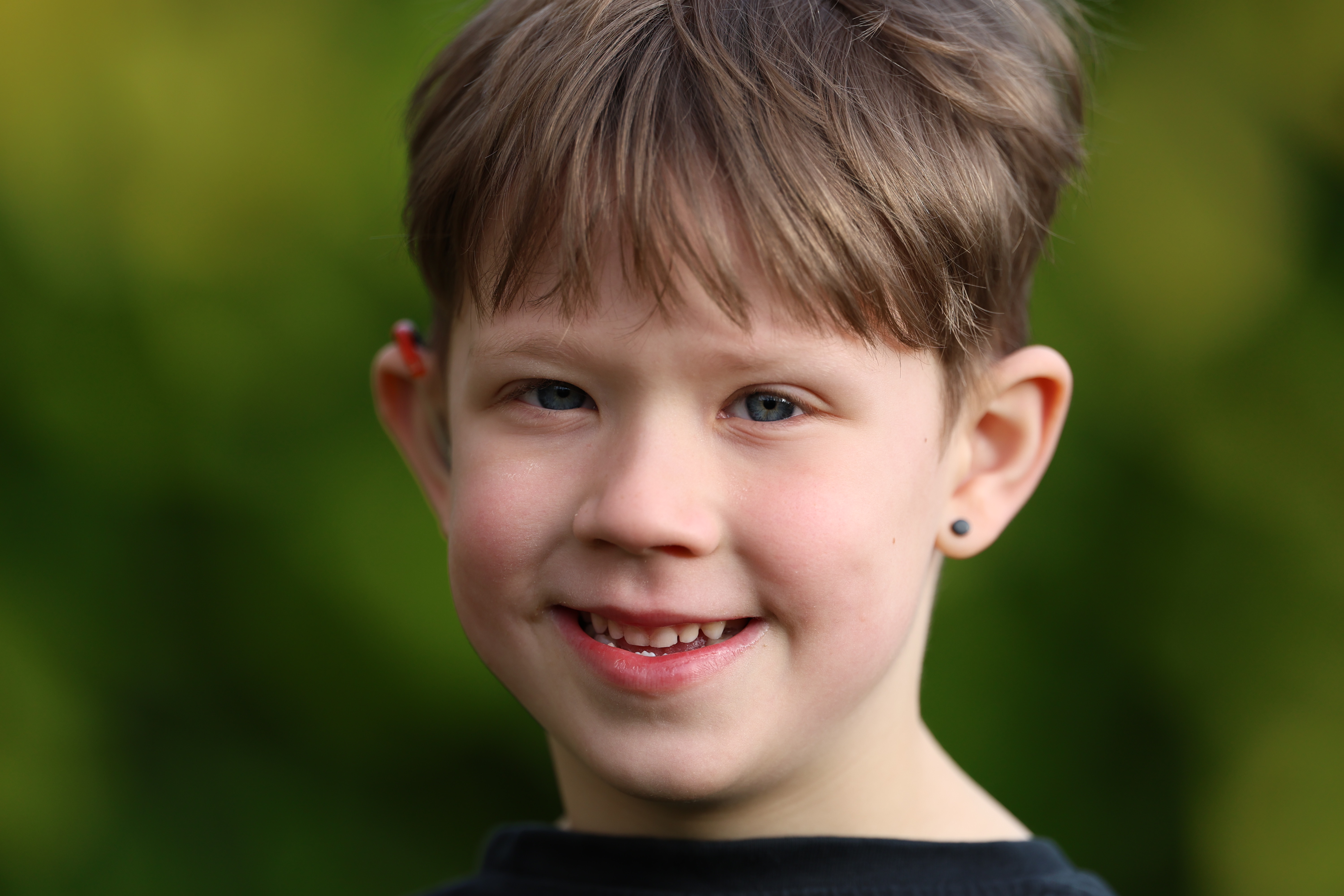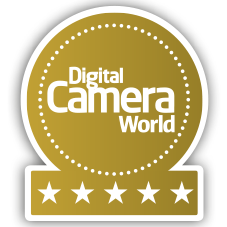Digital Camera World Verdict
The Canon RF 400mm F2.8L IS USM is a spectacular lens for action, sports and wildlife photography. It’s super-pricey but you get what you pay for and I love the combination of super-telephoto focal length and fast f/2.8 aperture, with sublime performance and image quality.
Pros
- +
Long reach, fast aperture
- +
Super-fast autofocus
- +
5.5-stop optical stabilization
Cons
- -
Not much is new
- -
Necessarily big and heavy
- -
Very expensive to buy
Why you can trust Digital Camera World
Canon’s big white telephoto lenses are widely respected for their quality and performance, I can’t argue with many of the world’s most demanding professional sports and wildlife photographers. The EF-mount range includes some of the best Canon lenses for DSLRs, while the growing range of RF-mount options widens the remit for the best Canon telephoto lenses for both DSLRs and EOS R-series mirrorless cameras.
The RF 400mm F2.8L IS USM is the fastest of Canon’s big guns, coupling a generous super-telephoto focal length with a fast f/2.8 aperture. This gives the double bonus of delivering a tight depth of field when you want it, and fast shutter speeds for freezing movement when you need to, even under dull lighting conditions. But we’ve been here before, as I’ll come to next.

Canon RF 400mm F2.8L IS USM: What's changed?
The short answer to ‘what’s changed’ is very little. Back in 2018, Canon announced new versions of its EF 400mm f/2.8L IS III USM and EF 600mm f/4L IS III USM super-telephoto primes, with a weight loss of about 25% and 20% respectively, plus some performance enhancements. The ‘new’ RF editions of the lenses are essentially the same as the EF versions with a few tweaks. Most notably, an RF mount is built into the back of the lenses, saving the use of a separate EF-EOS R mount adapter, and the RF versions are rewired for EOS R electronics, which have a much faster data transfer rate and can enhance the performance of autofocus and optical image stabilization. The focus distance scales of the EF lenses have been stripped but, apart from these changes, the new RF lenses are fundamentally the same as their EF forebears.

Canon RF 400mm F2.8L IS USM: Specifications
| Mount options | Canon RF |
| Lens construction | 17 elements in 13 groups |
| Angle of view | 6.2 degrees |
| Diaphragm blades | 9 |
| Minimum aperture | f/32 |
| Minimum focus distance | 2.5m |
| Maximum magnification | 0.17x |
| Filter size | 52mm drop-in |
| Dimensions | 163 x 367mm |
| Weight | 2,890g |
Canon RF 400mm F2.8L IS USM: Price & Availability
There’s no getting away from the fact that this is a very expensive lens, tagged at $11,999 / £13,119 / AU$19,999. Even so, that’s what I’d expect to pay for a lens of this type, quality, and performance and the pricing is actually identical to the older EF-mount version of the lens. Due to the price, it’s not the sort of lens you can expect to buy over the counter at small photographic retailers but is widely available from larger online stores.
Canon RF 400mm F2.8L IS USM: Design & Handling
The design and handling are everything I could hope for in a top-flight, super-telephoto prime lens. The optical path features two fluorite glass elements which reduce the overall weight and enhance optical quality. By way of comparison, the F-mount Nikon AF-S 400mm f/2.8E FL ED VR which also includes two fluorite elements is about a kilogram heavier. However, the newer Z-mount Nikon Z 400mm f/2.8 TC VR S is about the same weight as the Canon, despite also featuring a built-in 1.4x teleconverter which can be engaged or disengaged instantly.

The optical design also includes an SUD (Super Ultra-low Dispersion) element to enhance clarity and minimize color fringing. High-tech Air Sphere Coating and Canon’s more conventional Super Spectra Coating are both utilized to minimize ghosting and flare. Fluorine coatings are applied to the front and rear elements to repel moisture and grease.

Electronic enhancements over the older EF lens include faster RF processing power. There’s a dual ring-type ultrasonic autofocus system for super-speedy AF, and the effectiveness of the optical image stabilizer is boosted from 5 stops to 5.5-stops. Further bonuses include variable speed manual focus and two focus presets.

Onboard controls are identical to those of the EF lens. There’s a triple-mode image stabilizer switch for static and panning shots, as well as a third option which only applied stabilization during exposures. This makes it easier to track erratically moving subjects. Focus preset comes with an optional beep.

You can set two preset focus distances and swap between them using the ‘Playback ring’ You can also use this ring for the motorized ‘Power focus’ mode, with the option of three different speeds available via a switch, which is handy when shooting video. Focus mode and focus range limiter switches are fitted at the rear. Towards the front is a rank of customizable function buttons positioned around the circumference of the lens, typically used for AF-hold.

The most obvious difference in the RF lens compared with the EF model is that it adds a native EOS R mount. About an inch long and finished in brushed metal, it sticks out rather like a saw thumb, as the rest of the lens is coated with a white ‘heat shield’ finish. Just forward of the RF mount section is a 52mm drop-in filter holder, as in the EF lens. As I’d expect, the lens is extensively weather-sealed, and it’s supplied with exactly the same ET-155 (WIII) lens hood and LS400 lens case as the EF version.


Canon RF 400mm F2.8L IS USM: Photo Performance
Although the two fluorite elements save weight and enable a better center of gravity, the lens is still a hefty beast, at just under 2,890g (6.37lbs). Even so, I found short periods of handheld shooting perfectly viable, for which the 5.5-stop image stabilizer lives up to its billing. Autofocus is very fast, snapping onto subjects almost instantly and making the most of the advanced tracking facilities in recent EOS R-series cameras. I tested this taking photos of my grandkids and cat at play in the garden.
Naturally, if you’re going to spend the big bucks on a super-telephoto lens with a fast aperture of f/2.8, image quality is paramount when shooting wide-open. I found the lens was really impressive at f/2.8, delivering superb sharpness and contrast, along with really smooth bokeh. Performance remained excellent when I tested the lens with Canon’s Extender RF 1.4x and Extender RF 2x teleconverters, adding yet more telephoto power and versatility.

Canon RF 400mm F2.8L IS USM: Sample Images








EXIF: Canon EOS R6 Mark II + Canon RF 400mm F2.8L IS USM (1/640 sec, f/2.8, ISO 320)




Canon RF 400mm F2.8L IS USM: Lab Results
We run a range of lab tests under controlled conditions, using the Imatest Master testing suite. Photos of test charts are taken across the range of apertures and zooms (where available), then analyzed for sharpness, distortion and chromatic aberrations.
We use Imatest SFR (spatial frequency response) charts and analysis software to plot lens resolution at the center of the image frame, corners and mid-point distances, across the range of aperture settings and, with zoom lenses, at four different focal lengths. The tests also measure distortion and color fringing (chromatic aberration).
Sharpness:

Levels of sharpness are very good, and remarkably consistent across the whole image frame, even when shooting wide-open at f/2.8. They only drop off a little even at f/16, a little more noticeably at f/22, due to the usual problem of diffraction at very narrow apertures.
Fringing:

There’s barely any lateral chromatic aberration to be seen even at the extreme edges and corners of the image frame, throughout the entire aperture range. And that’s with automatic in-camera correction disabled.
Distortion: 0.42
There’s very little pincushion distortion which will generally go unnoticed in ‘real-world’ shooting. As with color fringing, that’s with automatic in-camera correction disabled.
Canon RF 400mm F2.8L IS USM: Verdict
The only thing wrong with this lens is that I can’t afford it. And I’m pretty sure I’m not the only one. Sure, it’s a weighty beast but the handling, image quality and all-round performance are epic. And yes, it tips the scales at just under 3kg but, considering the combination of 400mm super-telephoto length and fast f/2.8 aperture, that’s actually pretty good. I found fairly short stints of handheld shooting entirely viable, for which the 5.5-stop image stabilizer really earns its keep. Bear in mind that the directly competing Nikon F-mount rival to this lens is about a kilogram heavier. So while I can’t afford to buy one, I’d certainly earmark it for hiring when special occasions crop up.

Should you buy the Canon RF 400mm F2.8L IS USM?
✅ Buy this...
- Epic image quality
- Super-fast autofocus
- Fast f/2.8 aperture
🚫 Don't buy this...
- Big and heavy
- Hugely expensive
- Do you really need f/2.8?
Alternatives
If you demand an f/2.8 aperture but would prefer the versatility of a zoom lens, albeit with less outright telephoto reach, the Canon RF 100-300mm F2.8L IS USM is a similarly spectacular lens.
If you don’t need such a fast aperture, the versatile Canon RF 100-500mm F4.5-7.1L IS USM zoom lens gives even greater reach in a much more compact, lightweight, and relatively affordable package.
Matthew Richards is a photographer and journalist who has spent years using and reviewing all manner of photo gear. He is Digital Camera World's principal lens reviewer – and has tested more primes and zooms than most people have had hot dinners!
His expertise with equipment doesn’t end there, though. He is also an encyclopedia when it comes to all manner of cameras, camera holsters and bags, flashguns, tripods and heads, printers, papers and inks, and just about anything imaging-related.
In an earlier life he was a broadcast engineer at the BBC, as well as a former editor of PC Guide.





